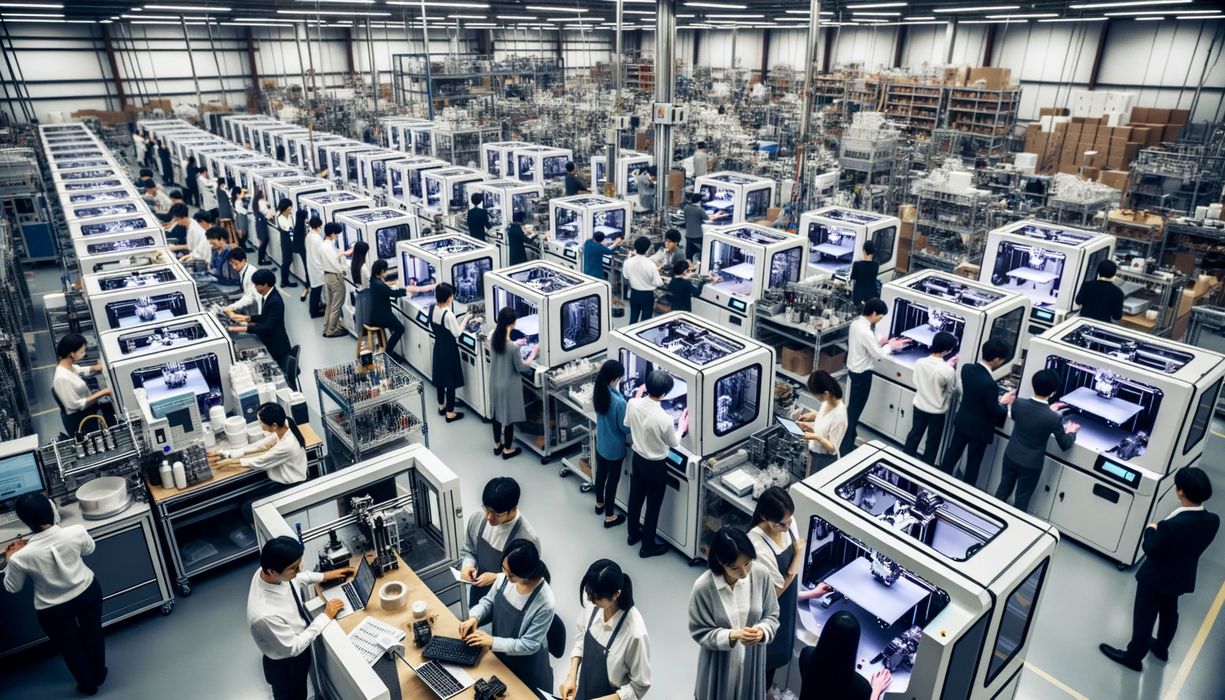
Essentium released additional findings from their annual additive manufacturing manufacturing survey.
The company performs an annual survey and the results are usually quite interesting. The findings released recently focus on the topic of contract manufacturing.
Contract manufacturing is the practice of an experienced centrally located manufacturing operation take on the manufacturing needs of other companies. This is typically done if it doesn’t make sense for the product designer to do it themselves. Typically the reason is that the designer simply doesn’t have the capacity to perform the manufacturing.
Essentium indicated that some 61% of respondents, each of whom are manufacturing executives, as “having the most substantial market potential for 3D printing”.
This is quite interesting, and it makes sense: a contract manufacturer would want to keep costs and time down and this could be facilitated by the use of 3D printing. That technology does not have the same costs and lead times as traditional injection molding might have, sometimes being substantially better on both counts.
The contract manufacturer operates a fleet of 3D printers that must be kept busy with perhaps dozens of projects. Making molds for all of those parts would be highly impractical, while sending fresh jobs to the same 3D printers would be immensely faster.
Essentium also listed respondent factors affecting their adoption of the technology for large scale projects:
- Need to acquire additional expertise — 43%
- Advancements in technology reliability — 37%
- Cultural shifts towards innovation — 32%
- Enhanced materials — 31%
- More compelling business cases — 29%
- Improved technology for large-scale production — 29%
These make sense: the explosion of usage surely makes talent more scarce. However, the other factors are slightly disturbing. Evidently many executives still feel 3D printing, as applied to large-scale manufacturing, suffers from reliability issues, limited material choice, and requires better technology.
I can understand this sentiment, as there is always room for improvement. 3D printers are indeed unreliable, and in a production setting where equipment must run flat out 24/7 that’s a bigger issue than most of us experience.
On the other hand, the majority of respondents DO NOT cite these issues, so we have progress.
Is this all a problem? I don’t think so. The journey from “completely unacceptable and I wouldn’t even consider it” to “obviously we use that technology, who wouldn’t?” is not a step function. It’s a gradual spectrum of change and it seems that according to Essentium’s survey, we are in the middle of that spectrum.
Via Essentium
